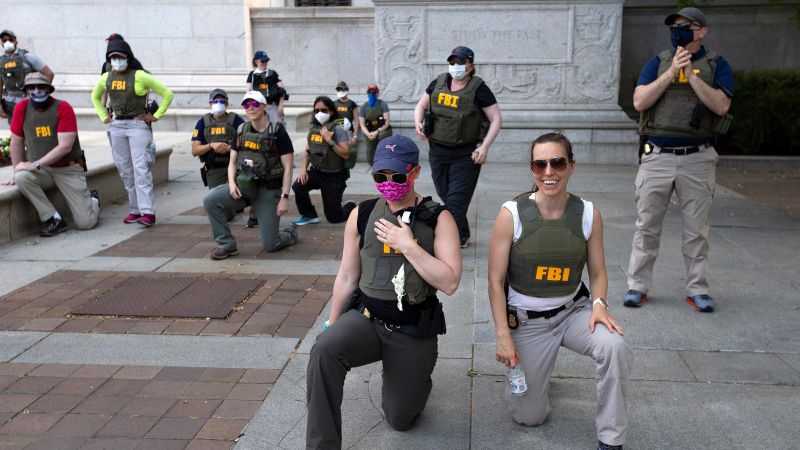Fallout at FBI: Agents Repositioned After Controversial Protest Photo Sparks Nationwide Debate

In a significant internal development, the FBI has taken decisive action against agents who were captured in a controversial moment during the 2020 George Floyd protests. Multiple sources familiar with the situation have revealed that several agents who were photographed kneeling alongside demonstrators have been reassigned from their current positions.
The images, which went viral during the nationwide protests against police brutality, sparked intense debate about law enforcement's role and response to civil rights demonstrations. By reassigning these agents, the Bureau appears to be addressing potential concerns about professional conduct and maintaining organizational boundaries.
While the specific details of the reassignments remain confidential, the move signals the FBI's commitment to maintaining strict professional protocols, even in emotionally charged moments of social upheaval. The decision underscores the complex dynamics between law enforcement and public protest movements that emerged in the wake of George Floyd's tragic death.
